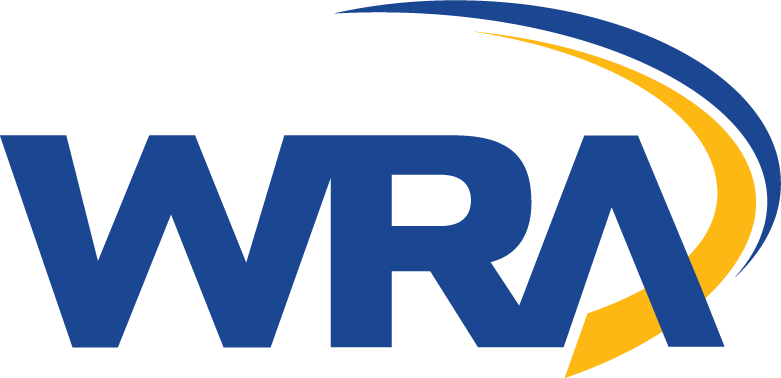Cambridge Freight Line Rehabilitation. Cambridge, Maryland.
One line had been out of service for more than 20 years and the other currently sees only occasional traffic. Previous inspections had been performed on the track and structures, but current inspections were needed, as well as the addition of a cost for upgrading both lines. WRA reviewed the previous condition survey documents and feasibility study, bridge inspection reports, and railroad maintenance records, then conducted field assessments of current conditions on both lines to check for any changed conditions in the tracks, bridges and subgrade from those identified in the previous reports. We then determined what immediate actions would be required to maintain or restore the lines to service and what upgrades would be necessary to support 286,000-lb freight car traffic.
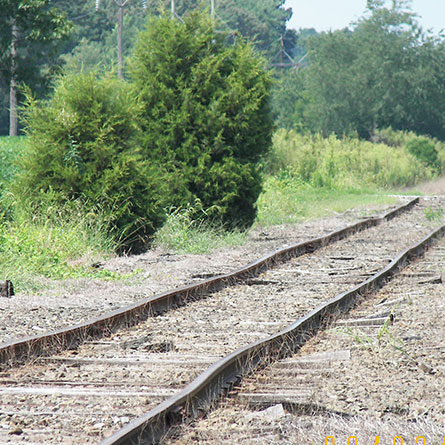
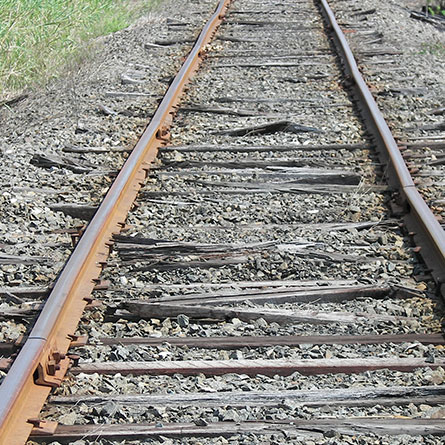
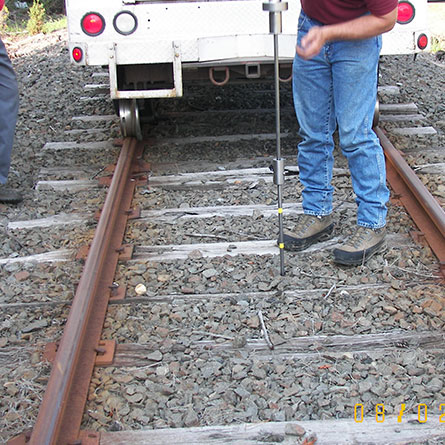
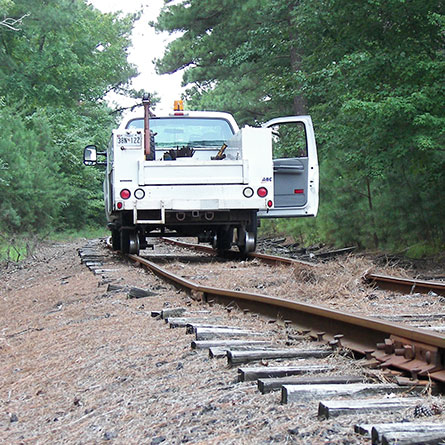
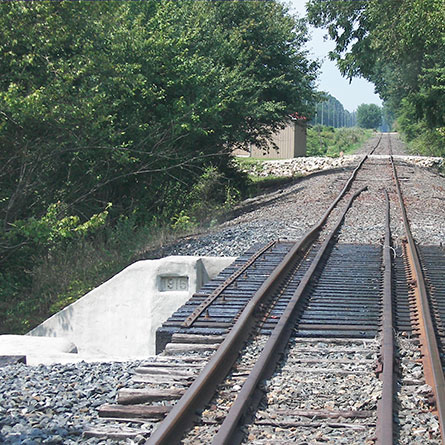
Services Performed
Project Highlights
Railroads
Crosstie condition was assessed and quantified. Ballast type and depth was determined by digging shallow holes at spot locations. Based on CBR values, a ballast depth and crosstie spacing was determined that would support 286,000-lb freight cars on the existing rails.
Geotechnical
Subgrade conditions were evaluated along the existing rail line using a Dynamic Cone Penetrometer (DCP). Areas requiring undercutting and stabilization were identified. A design subgrade CBR value was assigned in order to determine the car load that the track could support.
Bridges
The WRA bridge group performed 30% designs of a steel multi-girder bridge and precast concrete box culvert to facilitate access to the proposed MARC Maintenance Facility near Perryville, Maryland. The group also compared retaining wall systems and investigated the partial removal of an existing steel truss bridge to accommodate proposed tracks.
